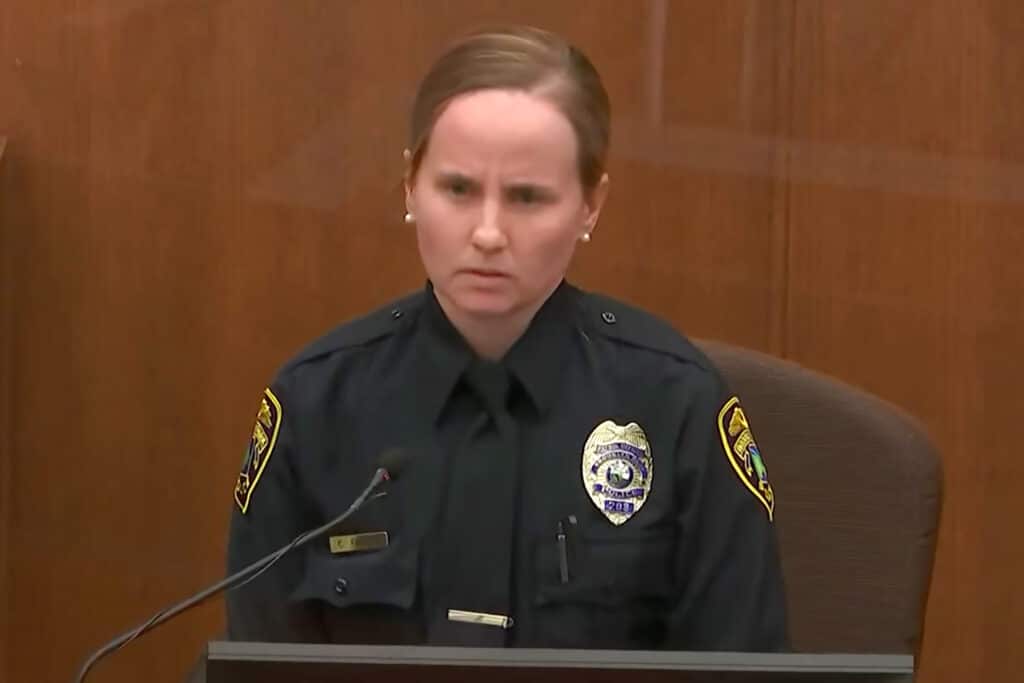Although defendants know it’s risky testifying in their own criminal trials, former Minneapolis police officer Kim Potter is taking a chance. A psychologist testified that her reaction of grabbing her gun instead of a taser to fatally shoot Daunte Wright wasn’t too out of the ordinary due to the stress of the situation. The Associated Press has the story:
Psychologist: Former police officer Kim Potter’s normal reactions were ‘hijacked’ due to stress
MINNEAPOLIS (AP) — Former suburban Minneapolis police officer Kim Potter took the stand Friday at her manslaughter trial in the shooting death of Black motorist Daunte Wright.
Potter has said she meant to draw her Taser instead of her gun when she shot the 20-year-old Wright as he was trying to drive away from officers seeking to arrest him on a weapons possession warrant. Video of the shooting was recorded by officers’ body cameras.
The defense began its case Thursday after prosecutors spent a week calling police witnesses to build their case that Potter, who resigned from the Brooklyn Center police force after the shooting, was an experienced officer who was thoroughly trained to use a Taser and knew the dangers of confusing one with a handgun.
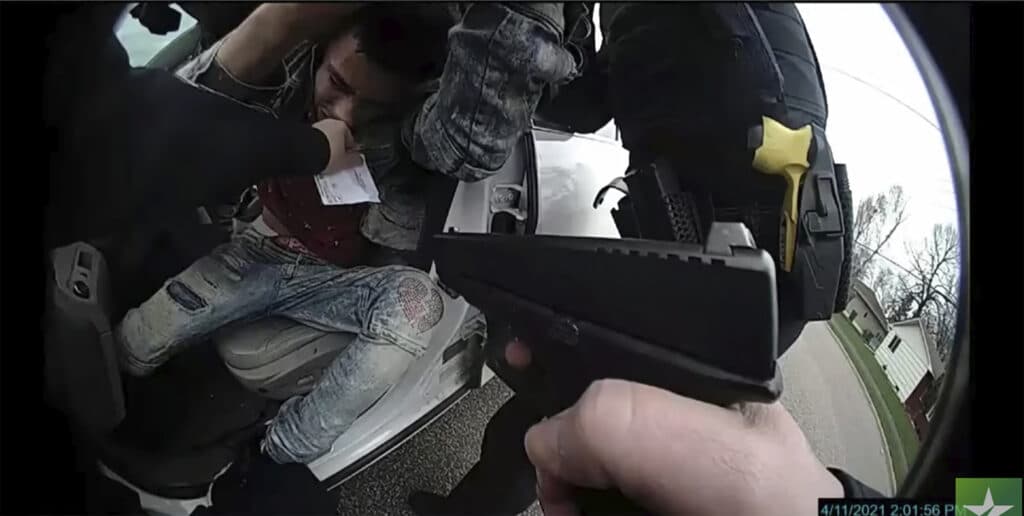
Prosecutors would have to prove that Potter acted with recklessness or culpable negligence if they are to win conviction on the manslaughter charges she faces.
Potter is white, and Wright’s death set off several nights of angry protests in Brooklyn Center. It happened while a white former officer, Derek Chauvin, was on trial in nearby Minneapolis for the killing of George Floyd.
THIS IS A BREAKING NEWS UPDATE. AP’s earlier story follows below.
MINNEAPOLIS (AP) — Police officers can mistakenly draw their guns instead of their Tasers under high-stress situations because their ingrained training takes over, a psychologist testified Friday at the manslaughter trial of Kim Potter, the suburban Minneapolis officer who shot and killed Black motorist Daunte Wright.
Laurence Miller, who teaches at Florida Atlantic University, testified that the more someone repeats the same act, the less they have to think about it and there can be circumstances during a stressful situation in which someone’s normal reactions may be “hijacked.”
Miller testified on behalf of Potter, 49, who shot Wright during an April 11 traffic stop in Brooklyn Center after he pulled away from officers as they were trying to arrest him and got back into his car before Potter shot him. Body-camera video recorded her shouting “I’ll tase you!” and “Taser, Taser, Taser!” before firing once.
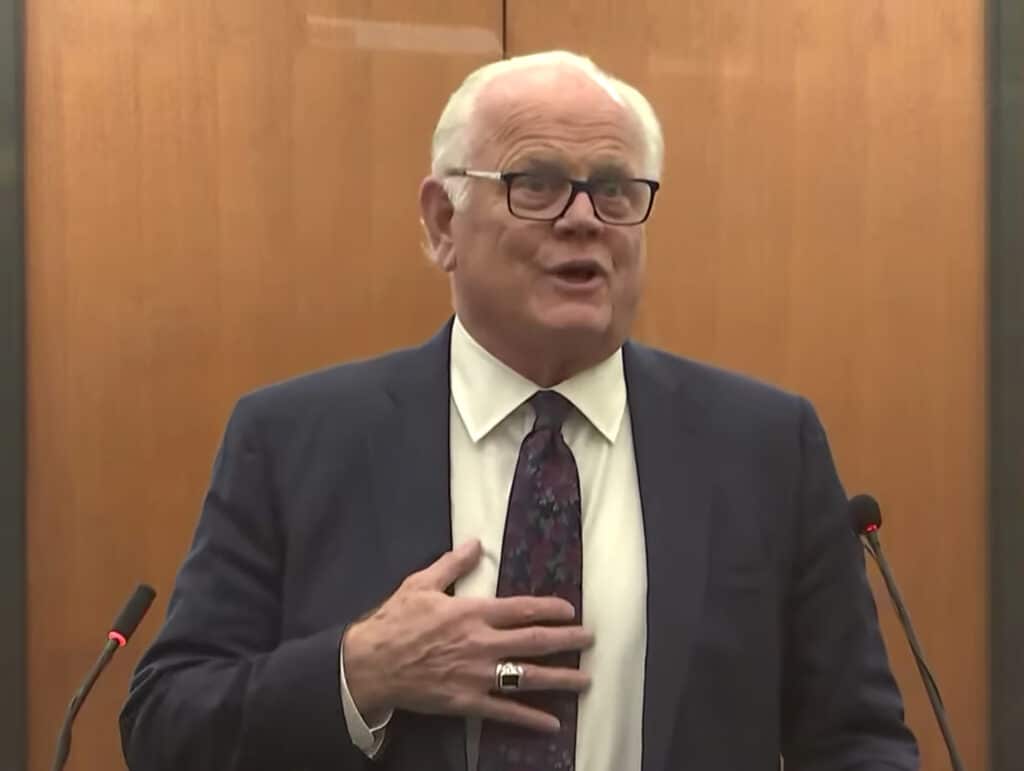
The death of Wright, 20, set off angry demonstrations for several days in Brooklyn Center. It happened as another white officer, Derek Chauvin, was standing trial in nearby Minneapolis for the killing of George Floyd.
Besides arguing that Wright’s death was a tragic mistake, Potter’s attorneys have also said that she would have been justified in using deadly force to stop Wright from driving away and possibly dragging one of Potter’s fellow officers.
Prosecutors argue that Potter was an experienced officer who had been thoroughly trained in the use of a Taser, including warnings about the danger of confusing one with a handgun. They have to prove recklessness or culpable negligence in order to win a conviction on the manslaughter charges.
Miller said that when a person learns a new skill, memory of an old skill might override that, resulting in an “action error” in which an intended action has an unintended effect.
”You intend to do one thing, think you’re doing that thing, but do something else and only realize later that the action that you intended was not the one you took,” he said.
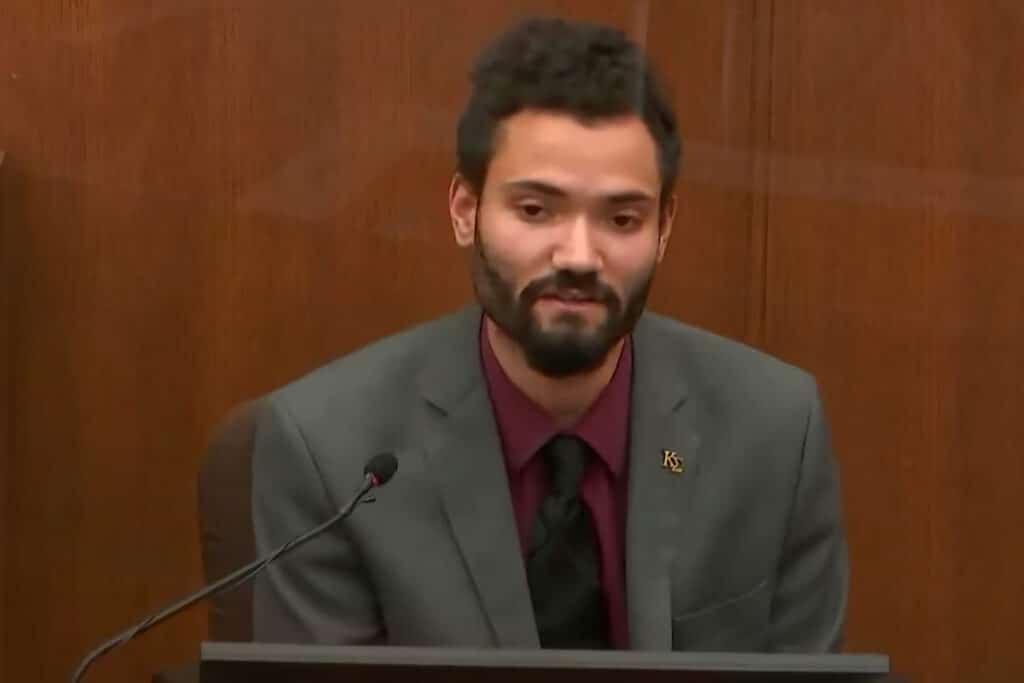
Miller said it happens all the time and is often trivial, like writing the wrong year on a check early in January. There are also more serious examples of action error, such as when a doctor might use an old approach to treat someone even after being trained in a newer one, he said.
The person committing the error, “thinks they are performing one action when they are performing something else,” Miller said. When the intended result does not occur, they realize it, he said.
“If it’s a high-stress circumstance, extremely high arousal” the person is more susceptible to making a mistake that can put their life in danger, said Miller, who said the most typical example of “weapon confusion” is when an officer confuses a gun for a Taser.
He said it is called “slip and capture,” meaning that under a state of high arousal and hyper focus, the ability to choose the correct response slips away and is “captured” by the more baked-in knowledge that a person has had for a longer time.
Some experts are skeptical of the theory. Geoffrey Alpert, a criminology professor at the University of South Carolina who is not involved in Potter’s trial, has said there’s no science behind it.
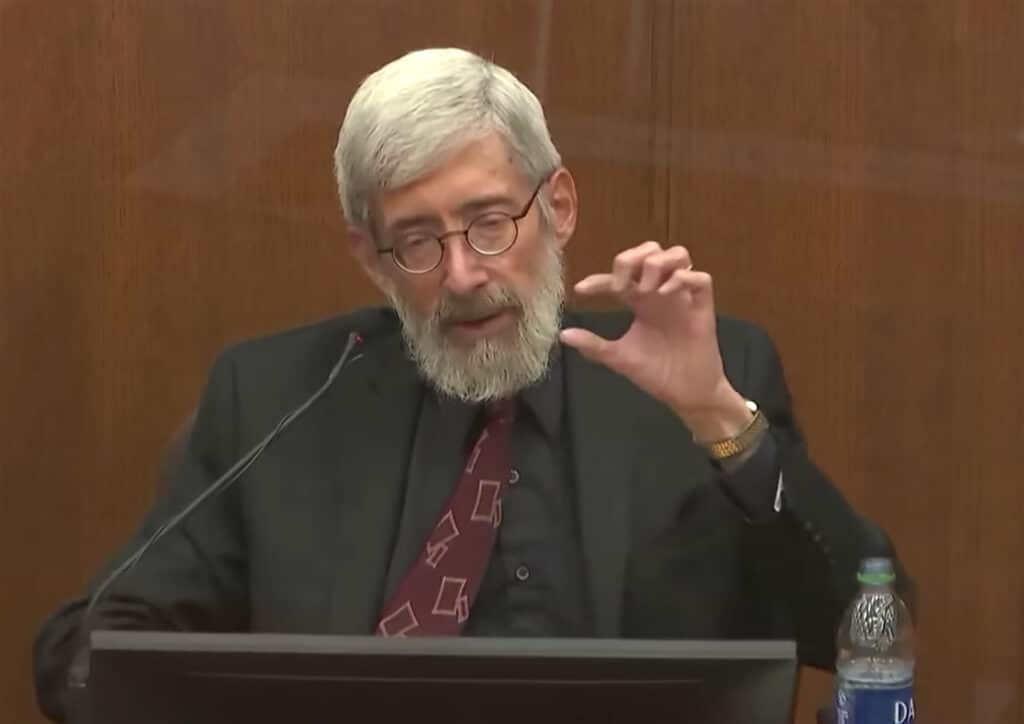
On cross-examination, prosecutor Erin Eldridge read to Miller from a 2010 article he wrote in which he described how police can avoid what he termed “one big mistake.” He wrote that many such mistakes are preventable through proper training and practice.
Eldridge said the term slip and capture has been termed “junk science” and has no foundation in the general field of psychology. Miller said the term is not common, but the theory behind it is.
The defense began its case on Thursday. Among those testifying was Potter’s chief at the time, Tim Gannon. Gannon called Potter “a fine officer” and said he “saw no violation” of policy by her in the traffic stop.
Gannon resigned two days after the shooting, saying he was essentially forced out because he wouldn’t immediately fire Potter. Potter resigned the same day.
Gannon testified that it appeared to him from dashcam video that Sgt. Mychal Johnson, who was assisting in the stop, was “leaning into” Wright’s car. He said it was his opinion that deadly force was reasonable.
Use-of-force expert Stephen Ijames, a former assistant police chief in Springfield, Missouri, testified Thursday that officers were legally bound to arrest Wright after discovering he had a warrant for an outstanding weapons violation.
Ijames, who said he wrote the Taser policy for the International Association of Chiefs of Police, also said it was very unlikely that Wright could have driven away had Potter actually used her Taser. That contradicted a prosecution use-of-force expert who testified earlier that using either a gun or a Taser on Wright would have made things worse because he could have been incapacitated and his vehicle could have become a weapon.
After Potter shot Wright, his car took off and crashed seconds later into an oncoming vehicle, hurting his passenger and someone in the other car.
The case is being heard by a mostly white jury.
By AMY FORLITI and SCOTT BAUER
Associated Press writers Tammy Webber in Fenton, Michigan, and Steve Karnowski in Minneapolis contributed to this report.

